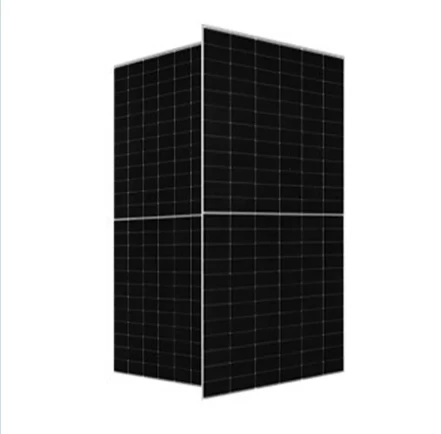solar pv system cost
The Economics of Solar PV System Costs
As the world shifts towards renewable energy sources, solar photovoltaic (PV) systems have emerged as a key player in the transition to a more sustainable energy future. One of the most critical factors influencing the adoption of solar technology is the cost associated with installing and maintaining these systems. This article delves into the various components that contribute to the overall cost of solar PV systems, the trends in pricing, and the factors that impact these costs.
Understanding Solar PV System Costs
The cost of a solar PV system can be broken down into several key components equipment costs, installation costs, financing, operation and maintenance (O&M) costs, and soft costs (such as permits and inspections).
1. Equipment Costs This includes the solar panels, inverters, mounting structures, and batteries (if applicable). Prices for solar panels have witnessed a significant decline over the past decade due to advancements in technology, increased manufacturing capacity, and competitive pricing in global markets. For example, the cost of solar panels has dropped by nearly 90% since 2010, resulting in more accessible options for homeowners and businesses alike.
2. Installation Costs Labor and overhead associated with the installation of solar PV systems also play a crucial role in the overall expense. These costs can vary based on the complexity of the installation, geographical location, and the availability of skilled labor. In areas with a high demand for solar installations, labor costs may be higher due to the competition for qualified technicians.
3. Financing Many consumers opt for financing options to manage the upfront costs of purchasing a solar PV system. The available financing options—including solar loans, leases, and power purchase agreements (PPAs)—can influence the overall cost of solar energy. While incentives and rebates can help reduce upfront expenses, they can also complicate the financing landscape.
4. Operation and Maintenance (O&M) Costs While solar PV systems typically require minimal maintenance, there are still costs associated with regular inspections, cleaning, and potential repairs. These ongoing expenses need to be factored into the total cost of ownership over the system's lifespan.
5. Soft Costs Soft costs often account for about 30-50% of the total installation cost of a solar PV system. This category includes permitting fees, interconnection costs, and the costs associated with customer acquisition. These fees can vary widely depending on local regulations and the bureaucracy involved in the permitting process.
Trends in Solar PV System Costs
solar pv system cost

The cost of solar PV systems has generally been on a downward trajectory. According to the International Renewable Energy Agency (IRENA), the global average cost of solar PV has decreased significantly since 2010, making it one of the cheapest sources of electricity generation in many parts of the world. As technology continues to evolve, it is reasonable to expect that prices will continue to decrease.
Government incentives have also played a significant role in driving down costs. Many countries and regions offer tax credits, rebates, and other financial incentives to encourage the adoption of solar energy. These programs can substantially lower the net cost of a solar PV system, making the investment more attractive.
Factors Influencing Solar PV System Costs
Several factors can impact solar PV system costs
- Market Conditions The demand for solar technology can affect pricing. Higher demand may lead to increased prices, while lower demand could drive prices down. - Technological Advances Innovations in solar technology, such as more efficient panels and better energy storage solutions, can influence costs. As new technologies become available, they may reduce installation and equipment costs over time.
- Government Policies Regulations and incentives can drastically affect costs. Supportive policies tend to lower costs, while restrictive regulations can increase them.
- Competition A growing market for solar energy typically results in greater competition among suppliers and installers, which can help to drive down prices.
Conclusion
As the global energy landscape continues to evolve, the economics of solar PV system costs remain a critical factor in the decision-making process for consumers and businesses alike. With advancements in technology, supportive policies, and a competitive market, solar energy is poised to become an even more affordable and attractive option. Understanding the factors that contribute to solar PV system costs will empower consumers to make informed decisions and embrace renewable energy more readily, paving the way for a sustainable future.
-
Unlocking Energy Freedom with the Off Grid Solar InverterNewsJun.06,2025
-
Unlock More Solar Power with a High-Efficiency Bifacial Solar PanelNewsJun.06,2025
-
Power Your Future with High-Efficiency Monocrystalline Solar PanelsNewsJun.06,2025
-
Next-Gen Solar Power Starts with Micro Solar InvertersNewsJun.06,2025
-
Harnessing Peak Efficiency with the On Grid Solar InverterNewsJun.06,2025
-
Discover Unmatched Efficiency with the Latest String Solar InverterNewsJun.06,2025







